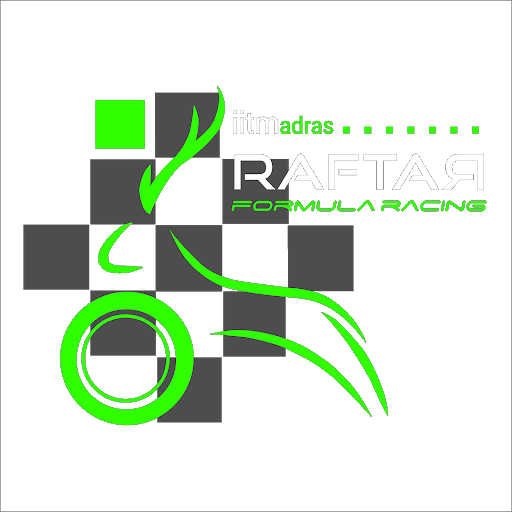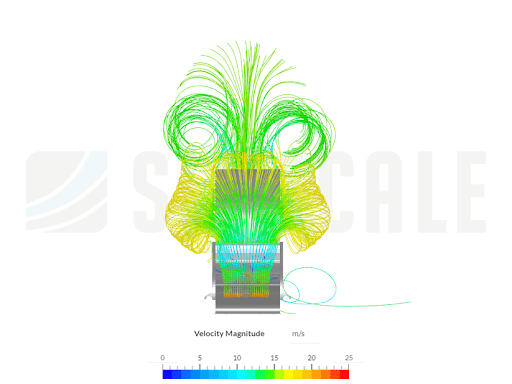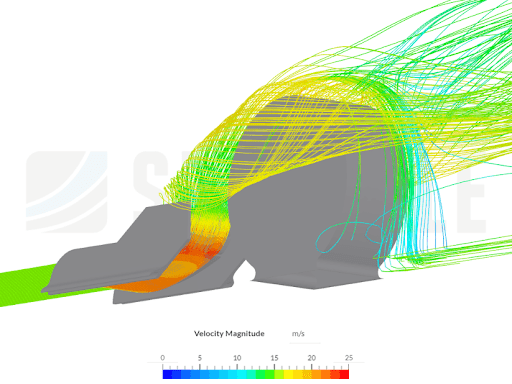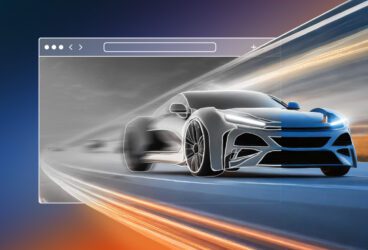Raftar Formula Racing (RFR) is the Formula Student team from the Indian Institute of Technology Madras. The team competes in Formula Bharat which is an Indian Formula student-style competition. The competition consists of various static events (Cost, Business, and Design) and dynamic events (Acceleration, Skidpad, Autocross, Endurance, and Efficiency). RFR has been competing every year since 2012. They had held their position as Champions in the Combustion category for the second consecutive year. The team consists of 50 members from various disciplines of engineering at IIT Madras.
These FSAE engineering competitions allow students to design, test, develop, and produce a single-seater prototype to race against other university teams. The teams then compete across a range of different categories, from acceleration to endurance performance, to design, and even cost evaluation of the project.
The Challenge:
RFR had been using an aerodynamic package for several years now. The team undertook a new project this year; the inclusion of a footplate on the front wing of the car. A CAE program like SimScale was essential to their application as they needed to analyze the flow emerging from the front wing. These insights would allow the team to understand the vortices generated by airflow and determine if the footplate would increase the performance of the undertray, by sealing it and preventing flow leakage.
Before SimScale, computing iterative simulations on personal computers was a major challenge. They would consume a lot of time, due to the limited computational power of the computers available. It was thus very difficult to run multiple iterations, and each design change would cause large delays in the design flow. SimScale solved this problem. Being a cloud-based computational solution, RFR could perform various design iterations in a shorter amount of time and utilize their computers for other design work, in the meantime. SimScale’s easy-to-use interface enabled the team to visualize the vortices and the changes in downforce and drag values after the introduction of the footplates. Necessary design changes could be quickly enacted and the final design easily integrated with their complete aero package.
How They Solved It With SimScale
The simulations were based on the applications of CFD in Formula Student and Formula SAE workshop sessions. The team found these workshops very clear, informative, and useful in setting up their own simulations.
The following settings were used for the simulations:
- Incompressible flow analysis
- K-omega SST turbulence model
- Steady-state flow
- Air density = 1.225kg m-3 (density at sea level)
- Velocity inlet of 15m s-1 (estimated speed of the car at the end of a straight at Formula Bharat)
- Fixed pressure outlet
- Moving wall condition on the floor at 15m s-1 so a non-zero surface velocity boundary layer is developed since the floor is moving relative to the wing
- No-slip wall condition on wing surfaces so a zero surface velocity boundary layer is developed
- Tetrahedral meshing algorithm
Simulation Results
To design the footplate of the front wing, RFR ran a total of 20 simulations, slightly varying the geometries of the footplate and the flap configurations until they obtained optimal performance from the front wing.
The meshing for each simulation took around 30 minutes and the solving took three hours, rendering the entire simulation complete within four hours on average. The team utilized a maximum of 16 processor cores to aid in their simulations.
Velocity streamlines and pressure contours were used to study the vortices generated by the footplate.
RFR was able to achieve up to a 5% increase in downforce from their undertray after including the footplate in their front wing. The initial design gave them around 68 N of downforce from their undertray, and after analyzing the flow around it, and making necessary changes, the team was able to bring it up to around 72 N.
Overall, SimScale provided RFR with an intuitive interface and a powerful platform to run demanding simulations on the cloud — meaning minimal expenditure of the team’s on-site computational resources.
The Aerodynamics Subsystem at Raftar Formula Racing found SimScale to be very intuitive, and found the plethora of available tutorials and workshops to be very useful in getting to know the software swiftly and comprehensively.
Raftar Formula Racing
On account of the fast and accurate simulation results achieved through SimScale, RFR plans to continue using the software for future development on its aerodynamic package. Moreover, the workshops and vast online resources offered by SimScale help the team build a strong theoretical foundation that is crucial for component design.
Raftar Formula Racing: Next Steps
Due to COVID restrictions throughout most of 2020, RFR did not have access to high-spec computers in their design phase. However, with engineering simulation in the cloud, the team had no problems performing demanding simulations with large meshes. This also meant they could invest more time into documenting their design changes. RFR’s future plan is to validate the results obtained from SimScale with on-track testing. The team plans to verify their drag and downforce values and the corresponding coefficients using shock potentiometers placed in their car. They also plan on verifying pressure distributions by placing pressure sensors across the wings and other aerodynamic elements of the car. Finally, small set-up changes will be made in case of any discrepancy between simulation and real-world results.







